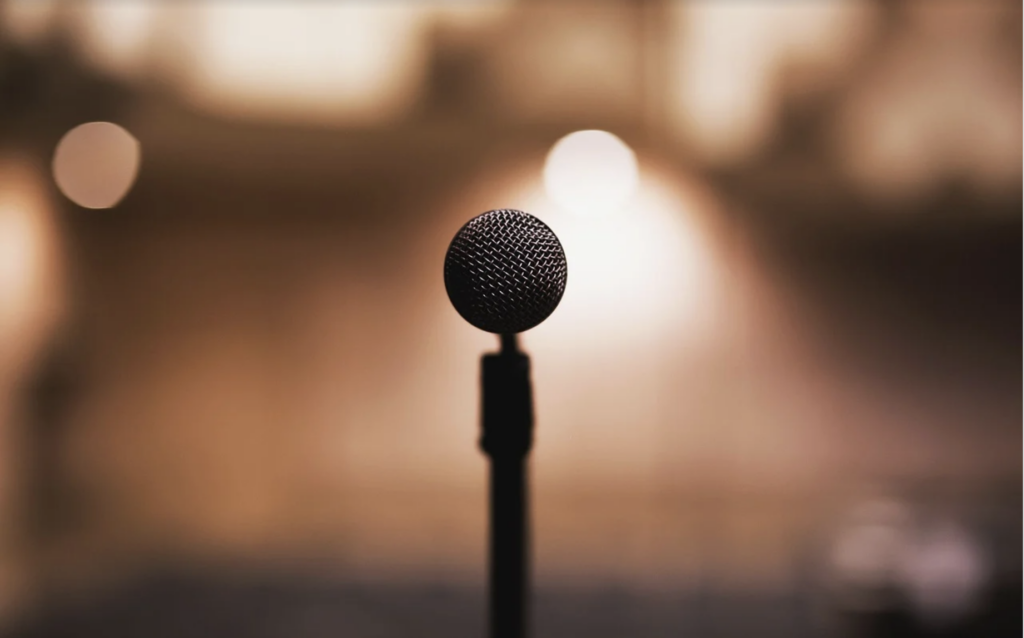Microphone may be great for picking up the sound of a flute but fatal for recording ambient sound in a football stadium. Therefore, the first thing is to know what we want it for and under what conditions. Based on that we will decide what directionality we need and what frequency response. Once defined, if we have several candidates and we do not decide, we can compare the sensitivity, and other data that we will see below:
Microphone noise
Like any electronic element, the microphone produces noise inside it, so we must ensure that the noise generated is as low as possible compared to the audio signal that we are recording.
Signal to noise ratio (S / R)
The signal-to-noise ratio actually represents the difference between the SPL level (Sound Pressure level) and the microphone’s own noise. The higher the SPL and the lower the noise, the better the signal-to-noise ratio, and vice versa. The higher the signal-to-noise ratio the better. It tells us what percentage of the SPL signal is above the background noise. If we have an SPL of 100 dB and a self-noise in the microphone of 30 dB, the signal-to-noise ratio will be 70 dB. For a 100 dB signal, a signal-to-noise ratio of 80 dB is very good and 70 dB is good.
Phantom power for microphones
Some microphones require power to function, specifically to keep the condenser charged. Some of these mics use batteries and others use phantom power. This supply is usually 48 volts and sometimes it is in the microphone itself and others in the device to which we are going to connect it. It is important to remember to connect it or not when we are working with them and to have it turned off if it is not a microphone that needs it because we can charge it.
Pass filters
Some microphones incorporate a high-pass filter that eliminates ambient noise. If, for example, we have a filter with a frequency lower than 150Hz, it means that it will eliminate all bass noises and only allow frequencies from 150Hz to pass through.
What microphone to buy?
Shotgun microphone
They are long or narrow tube microphones that make them very directional super or hyper cardioid, to pick up sounds at long distances. Shotgun microphones are perfect for short films and documentaries.
Condenser microphone
They are called condensers because of the way they are constructed. They are high-fidelity and highly sensitive microphones, fragile and sensitive to humidity. This is why condenser microphones are often used in studios. These microphones need phantom power to keep the condenser charged.
Tie or Lavalier
They are usually omni-directional and may or may not be wireless. The lavalier microphones are ideal for interviews and podcasts as they manage to capture a clear and clean sound of the human voice.
Dynamic Microphones
Another type of microphone based on its construction is electrodynamic or dynamic. The mobile ones are the most common in live situations. They are low cost and very easy to use microphones. It is the idea that we all have of a microphone. They are very robust, very resistant and that is why they are perfect for outdoors and for live performances.
Electrodynamic tape
Electrodynamic microphones can be of two types: moving coil like the previous ones or ribbon. The ribbon ones work in a similar way to the dynamic ones, only that the element that vibrates inside is a very thin ribbon. They are very good two-way hi-fi mics but they are very heavy and expensive. They are typical of the 50’s movies when two people sang in a duet.








